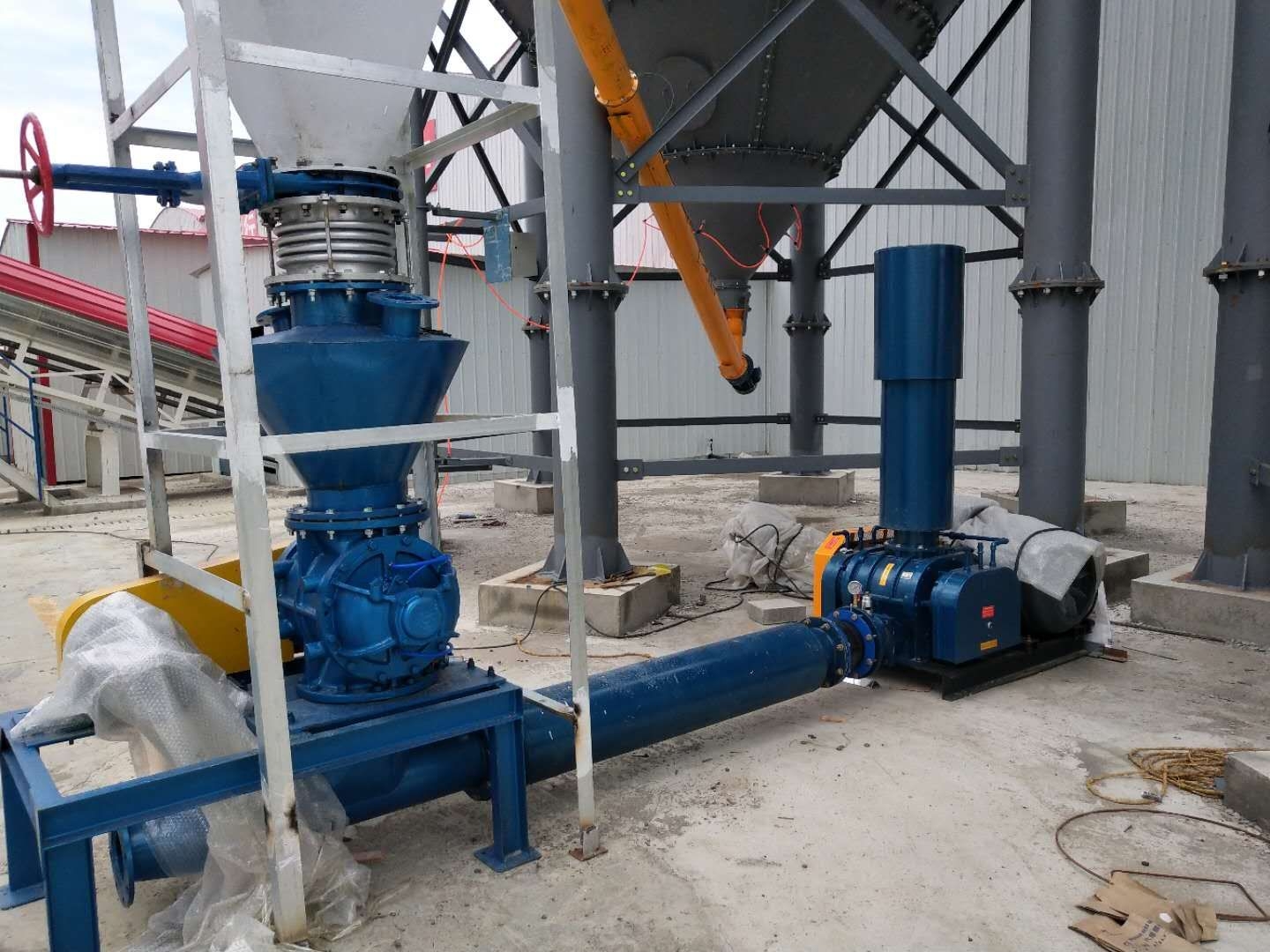- English
- 简体中文
- Esperanto
- Afrikaans
- Català
- שפה עברית
- Cymraeg
- Galego
- 繁体中文
- Latviešu
- icelandic
- ייִדיש
- беларускі
- Hrvatski
- Kreyòl ayisyen
- Shqiptar
- Malti
- lugha ya Kiswahili
- አማርኛ
- Bosanski
- Frysk
- ភាសាខ្មែរ
- ქართული
- ગુજરાતી
- Hausa
- Кыргыз тили
- ಕನ್ನಡ
- Corsa
- Kurdî
- മലയാളം
- Maori
- Монгол хэл
- Hmong
- IsiXhosa
- Zulu
- Punjabi
- پښتو
- Chichewa
- Samoa
- Sesotho
- සිංහල
- Gàidhlig
- Cebuano
- Somali
- Тоҷикӣ
- O'zbek
- Hawaiian
- سنڌي
- Shinra
- Հայերեն
- Igbo
- Sundanese
- Lëtzebuergesch
- Malagasy
- Yoruba
- Español
- Português
- русский
- Français
- 日本語
- Deutsch
- tiếng Việt
- Italiano
- Nederlands
- ภาษาไทย
- Polski
- 한국어
- Svenska
- magyar
- Malay
- বাংলা ভাষার
- Dansk
- Suomi
- हिन्दी
- Pilipino
- Türkçe
- Gaeilge
- العربية
- Indonesia
- Norsk
- تمل
- český
- ελληνικά
- український
- Javanese
- فارسی
- தமிழ்
- తెలుగు
- नेपाली
- Burmese
- български
- ລາວ
- Latine
- Қазақша
- Euskal
- Azərbaycan
- Slovenský jazyk
- Македонски
- Lietuvos
- Eesti Keel
- Română
- Slovenski
- मराठी
- Srpski језик
Classification of Pneumatic Conveying Materials Based on Adhesiveness and Effective Anti-Sticking Measures
PART 01: Classification of Materials Based on Adhesiveness
1. Non-Adhesive Materials
Non-adhesive materials refer to those that hardly adhere to the pipeline walls during pneumatic conveying. These materials have ideal flow properties and do not easily stick to the pipeline, ensuring good conveying efficiency. Common non-adhesive materials include certain metal powders and glass beads.
2. Weakly Adhesive Materials
Weakly adhesive materials are those that exhibit some degree of adhesion to the pipeline walls during pneumatic conveying, but the adhesive force is relatively weak. These materials show slight adhesion during conveying but typically do not cause severe sticking issues. Common weakly adhesive materials include some dry powders and grains.
3. Moderately Adhesive Materials
Moderately adhesive materials are those that show noticeable adhesion to the pipeline walls during conveying. These materials have stronger adhesive properties and are prone to causing sticking issues within the pipeline, affecting the normal conveying process. Common moderately adhesive materials include certain chemical powders and ore powders.
4. Highly Adhesive Materials
Highly adhesive materials refer to those with extremely strong adhesive properties during pneumatic conveying. These materials have significant adhesive force and can easily cause severe sticking issues, even leading to blockages within the pipeline. Common highly adhesive materials include certain sticky polymers and pasty substances.

PART 02: Methods to Prevent Material Sticking in Pipelines
1. Choosing Suitable Pipeline Materials
Selecting appropriate pipeline materials can effectively reduce the friction between the material and the pipeline wall, thereby decreasing the likelihood of adhesion. Generally, for moderately and highly adhesive materials, it is advisable to choose pipeline materials with a smoother and more wear-resistant inner surface, such as polyethylene and polytetrafluoroethylene.
2. Controlling Gas Velocity
Properly controlling the conveying gas velocity can reduce the friction between the material and the pipeline wall, decreasing the chances of adhesion. If the velocity is too high, it increases the likelihood of adhesion; if it is too low, the material tends to settle, also leading to sticking issues. Therefore, during pneumatic conveying, it is essential to adjust the gas velocity reasonably according to the material's adhesive properties and the pipeline's diameter.
3. Using Suitable Anti-Adhesion Coatings
Applying an appropriate anti-adhesion coating on the inner surface of the pipeline can effectively reduce the friction between the material and the pipeline wall, thereby decreasing adhesion. Common anti-adhesion coating materials include polytetrafluoroethylene and polystyrene.
4. Regular Pipeline Cleaning
Regular cleaning of the pipeline can effectively remove the material adhered to the pipeline walls, preventing sticking issues. The frequency and method of cleaning should be determined based on the specific adhesive properties of the material and the pipeline usage conditions.
5. Using Suitable Conveying Gases
Selecting appropriate conveying gases can reduce the friction between the material and the pipeline wall, decreasing the likelihood of adhesion. In pneumatic conveying processes, commonly used conveying gases include air and steam, and the choice should be based on the adhesive properties of the material.

In conclusion, pneumatic conveying materials can be classified into different categories based on their adhesive properties. In practical applications, we should select suitable anti-adhesion measures according to the specific material characteristics to reduce adhesion, ensuring the normal operation of pneumatic conveying. By thoroughly understanding the adhesive properties of materials and implementing targeted anti-adhesion measures, we can effectively solve the issue of material sticking in pipelines.



